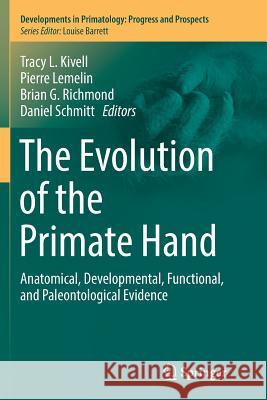The Evolution of the Primate Hand: Anatomical, Developmental, Functional, and Paleontological Evidence » książka
topmenu
The Evolution of the Primate Hand: Anatomical, Developmental, Functional, and Paleontological Evidence
ISBN-13: 9781493981052 / Angielski / Miękka / 2018 / 589 str.
The Evolution of the Primate Hand: Anatomical, Developmental, Functional, and Paleontological Evidence
ISBN-13: 9781493981052 / Angielski / Miękka / 2018 / 589 str.
cena 885,61
(netto: 843,44 VAT: 5%)
Najniższa cena z 30 dni: 848,19
(netto: 843,44 VAT: 5%)
Najniższa cena z 30 dni: 848,19
Termin realizacji zamówienia:
ok. 22 dni roboczych
Dostawa w 2026 r.
ok. 22 dni roboczych
Dostawa w 2026 r.
Darmowa dostawa!
Kategorie:
Kategorie BISAC:
Wydawca:
Springer
Seria wydawnicza:
Język:
Angielski
ISBN-13:
9781493981052
Rok wydania:
2018
Wydanie:
Softcover Repri
Ilość stron:
589
Waga:
0.83 kg
Wymiary:
23.39 x 15.6 x 3.1
Oprawa:
Miękka
Wolumenów:
01
Dodatkowe informacje:
Wydanie ilustrowane











